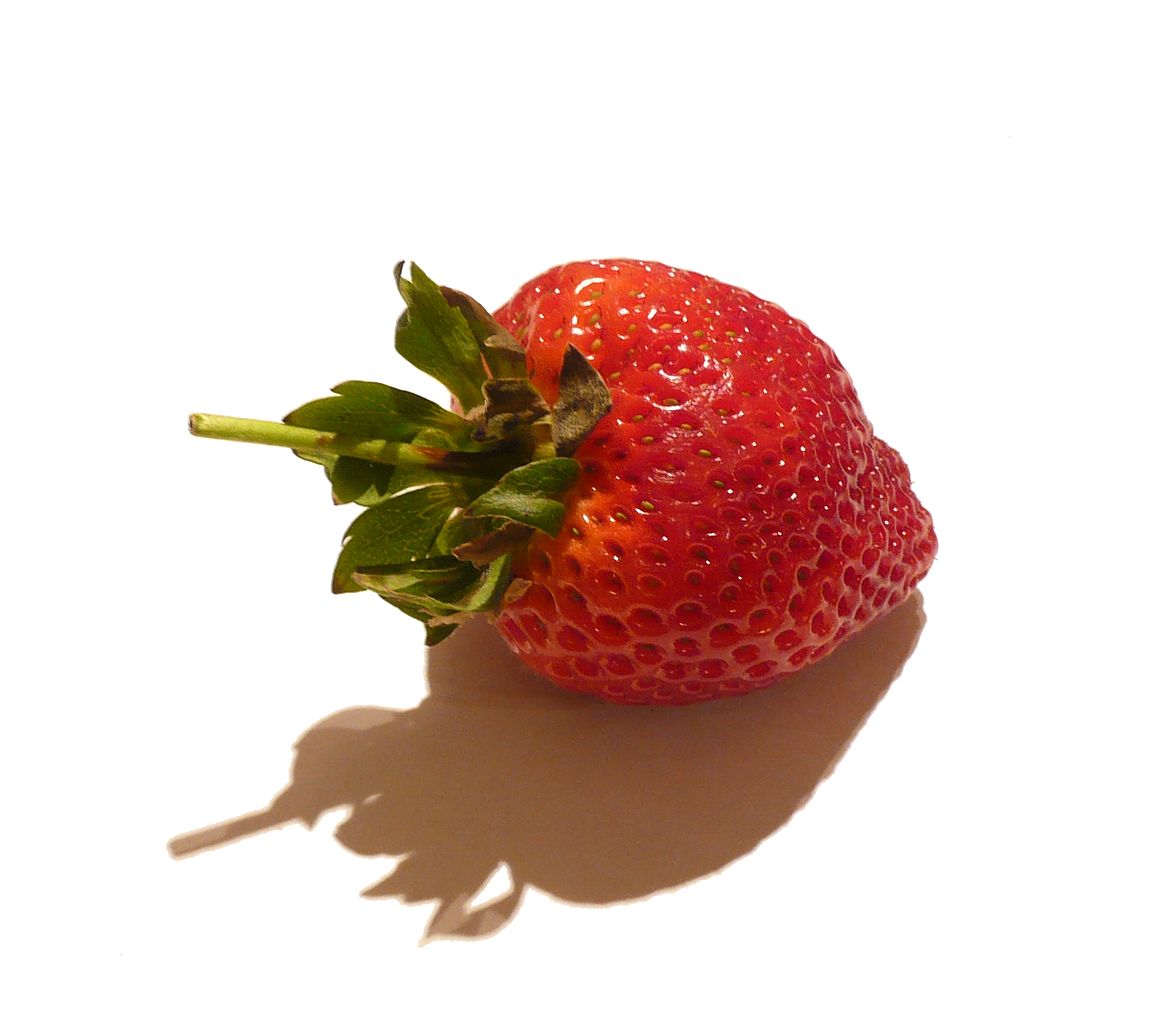
Strawberries provide some of the earliest fruit of the season in the garden. To get an even earlier crop, try a few Camarosa strawberry plants. These early season berries are large, and the plants give a heavy yield. Camarosa can be grown outdoors in zones 5 through 8, so throughout most of the U.S. Read on for more information and tips on Camarosa strawberry care.
What is a Camarosa Strawberry?
Camarosa is one of the most common varieties
of strawberry grown in southern California and shipped to grocery stores
around the country. It produces a big yield of berries, and the berries are
large with good form and stand up well to storage and shipping. They have a
nice flavor too.
These strawberry plants grow between 6 and 12 inches (15-31 cm.) tall and wide. Depending on where you live, they will ripen and be ready to harvest between February and June. Expect to be able to harvest Camarosa berries a little earlier than other varieties you have tried.
Camarosa Strawberry Care
These strawberries grow well in beds and patches in the
garden, but they also make good container
plants. If your space is limited, grow one or two in pots on a patio or
porch. Just be sure to pick a spot that is in full sun for the best results
when growing Camarosa strawberries.
Put your strawberry plants outside once the soil has reached at least 60 degrees F. (16 C.). Strawberries of all types gobble up nutrients, so enrich the soil first with organic matter like compost. You can also use fertilizer before the flowers appear in the spring and again in the fall. Phosphorus and potassium are particularly important for berry production.
Water the Camarosa strawberry plants regularly, especially
once they have started producing flowers and fruit. Continue watering in the
fall, or your next year’s growth can be negatively impacted. Mulch is useful in
keeping moisture in and suppressing weeds around strawberries. If you have cold
winters, cover the plants with mulch after the growing season for protection
until the spring.
Strawberries provide some of the earliest fruit of the season in the garden. To get an even earlier crop, try a few Camarosa strawberry plants. These early season berries are large, and the plants give a heavy yield. Camarosa can be grown outdoors in zones 5 through 8, so throughout most of the U.S. Read on for more information and tips on Camarosa strawberry care.
What is a Camarosa Strawberry?
Camarosa is one of the most common varieties
of strawberry grown in southern California and shipped to grocery stores
around the country. It produces a big yield of berries, and the berries are
large with good form and stand up well to storage and shipping. They have a
nice flavor too.
These strawberry plants grow between 6 and 12 inches (15-31 cm.) tall and wide. Depending on where you live, they will ripen and be ready to harvest between February and June. Expect to be able to harvest Camarosa berries a little earlier than other varieties you have tried.
Camarosa Strawberry Care
These strawberries grow well in beds and patches in the
garden, but they also make good container
plants. If your space is limited, grow one or two in pots on a patio or
porch. Just be sure to pick a spot that is in full sun for the best results
when growing Camarosa strawberries.
Put your strawberry plants outside once the soil has reached at least 60 degrees F. (16 C.). Strawberries of all types gobble up nutrients, so enrich the soil first with organic matter like compost. You can also use fertilizer before the flowers appear in the spring and again in the fall. Phosphorus and potassium are particularly important for berry production.
Water the Camarosa strawberry plants regularly, especially
once they have started producing flowers and fruit. Continue watering in the
fall, or your next year’s growth can be negatively impacted. Mulch is useful in
keeping moisture in and suppressing weeds around strawberries. If you have cold
winters, cover the plants with mulch after the growing season for protection
until the spring.
